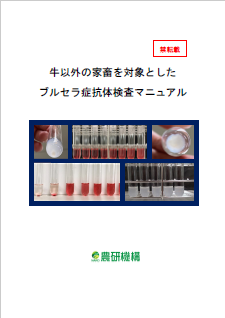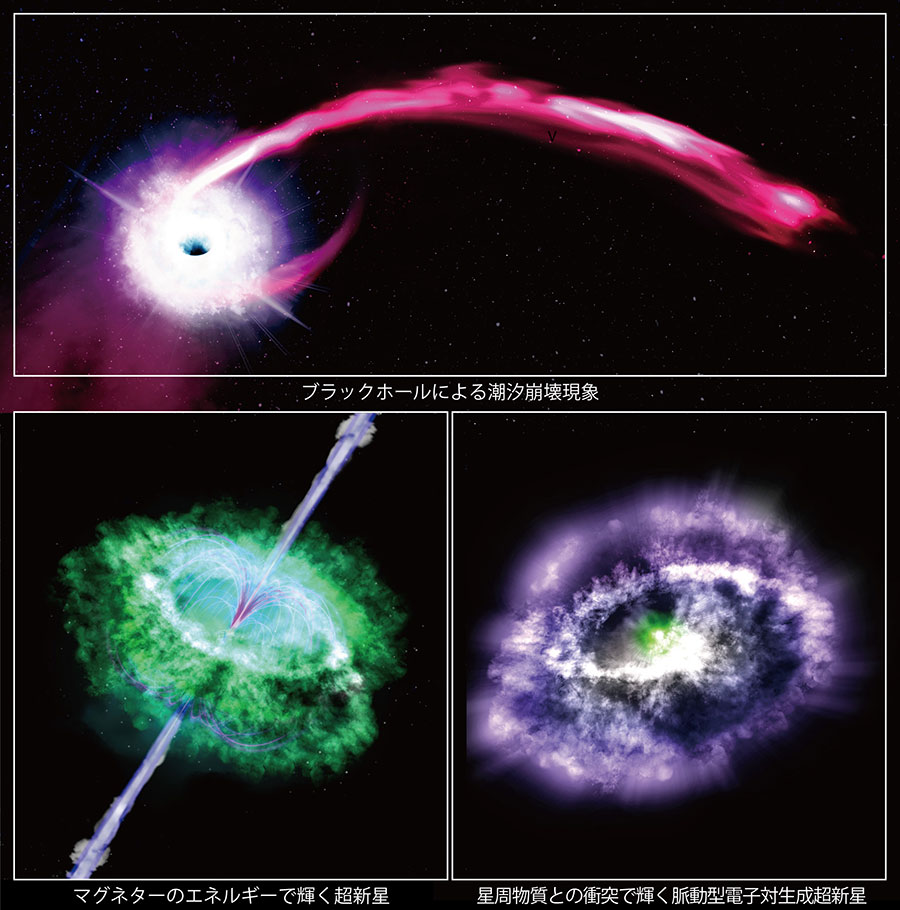UMass Amherstが主導する新しい研究は、グリーンエネルギー転換の背後にある影響を初めて包括的に検証するものです。 New research led by UMass Amherst is first to comprehensively examine the impact behind the green energy transition
2022-07-12 マサチューセッツ大学アマースト校
リチウムは金属の中で最も軽い元素ですが、固体を好みません。リチウムは火山灰の層に存在することが多いのですが、水とすぐに反応してしまうのです。雨や雪解け水が火山灰の層を通り抜けると、リチウムは地下水に溶け出し、平らな盆地に沈んで、水とリチウムが混ざった塩水となり、溶液として残ります。この塩水は非常に高密度であるため、リチウムを多く含む液体の上に浮かぶ新鮮な表層水のポケットの下に沈むことがよくあります。このような淡水のラグーンは、ユニークで壊れやすい生態系や、フラミンゴのような象徴的な種の避難所となることが多い。
<関連情報>
- https://www.umass.edu/news/article/how-environmentally-responsible-lithium-brine-mining-it-depends-how-old-water
- https://agupubs.onlinelibrary.wiley.com/doi/10.1029/2021EF002555
乾燥地における水の持続可能性とリチウム抽出の解釈を混乱させる、過去の地下水と長期の干ばつ Relic Groundwater and Prolonged Drought Confound Interpretations of Water Sustainability and Lithium Extraction in Arid Lands
Brendan J. Moran,David F. Boutt,Sarah V. McKnight,Jordan Jenckes,Lee Ann Munk,Daniel Corkran,Alexander Kirshen
Earth’s Future Published: 12 July 2022
DOI:https://doi.org/10.1029/2021EF002555

Abstract
Demand for lithium for batteries is growing rapidly with the global push to decarbonize energy systems. The Salar de Atacama, Chile holds ∼42% of the planet’s reserves in the form of brine hosted in massive evaporite aquifers. The mining of these brines and associated freshwater use has raised concerns over the environmental responsibility of lithium extraction, yet large uncertainties remain regarding fundamental aspects of governing hydrological processes in these environments. This incomplete understanding has led to the perpetuation of misconceptions about what constitutes sustainable or renewable water use and therefore what justifies responsible allocation. We present an integrated hydrological assessment using tritium and stable oxygen, and hydrogen isotopes paired with remotely sensed and terrestrial hydroclimate data to define unique sources of water distinguished by residence time, physical characteristics, and connectivity to modern climate. Our results describe the impacts of prolonged drought on surface and groundwaters and demonstrate that nearly all inflow to the basin is composed of water recharged >65 years ago. Still, modern precipitation is critical to sustaining important wetlands around the salar. Recent large rain events have increased surface water and vegetation extents and terrestrial water storage while mining-related water withdrawals have continued. As we show, poor conceptualizations of these complex hydrological systems have perpetuated the misallocation of water and the misattribution of impacts. These fundamental issues apply to arid regions globally. Our new framework for hydrological assessment in these basins moves beyond calculating gross inputs-outputs at a steady state to include all compartmentalized stores that constitute “modern” budgets.
Key Points
- Freshwater inflows and the modern water budget at Salar de Atacama are dominated by relic groundwater
- A drought coincident with increases in groundwater extraction complicates the attribution of specific anthropogenic environmental impacts
- Freshwater use and allocated water rights at Salar de Atacama appear to not meet sustainable metrics
Plain Language Summary
Lithium is a critical resource for the green energy transition as the primary component in lithium-ion batteries. Most of the planet’s resources occur in water-scarce environments, like Salar de Atacama, Chile where almost half the world’s supply exists. Large amounts of very salty groundwater and some freshwater is extracted to recover the lithium. Yet, persistent gaps remain in our understanding of how water moves in these environments and therefore the impacts its extraction may have on surrounding ecosystems. We employ a combination of satellite and ground-based hydroclimatological data to assess the system. Our results show that prolonged drought and a subsequent wetter period are the primary drivers of surface hydrology changes and that most of the water here is very old, highlighting the shortcomings of current water allocations. This work presents a data-driven framework that allows water sustainability and lithium extraction to be adequately assessed in these arid regions.



